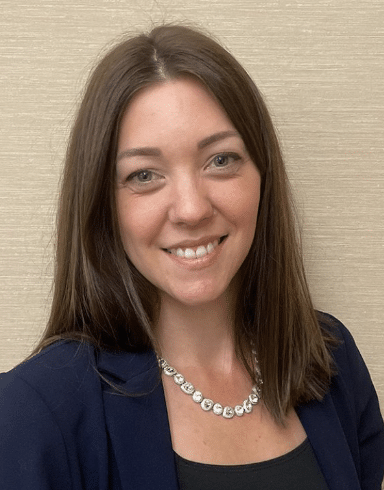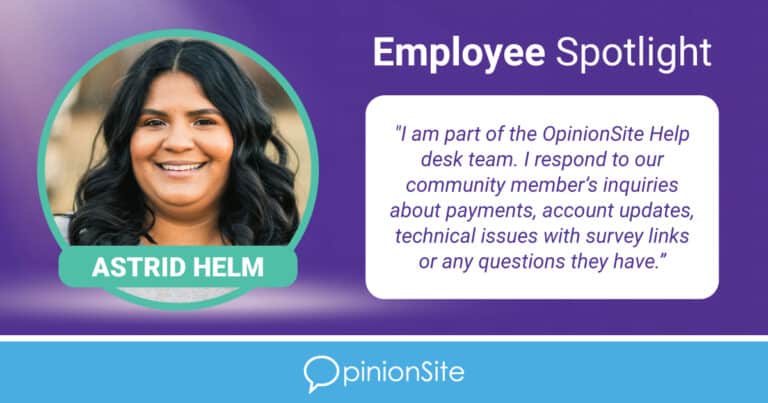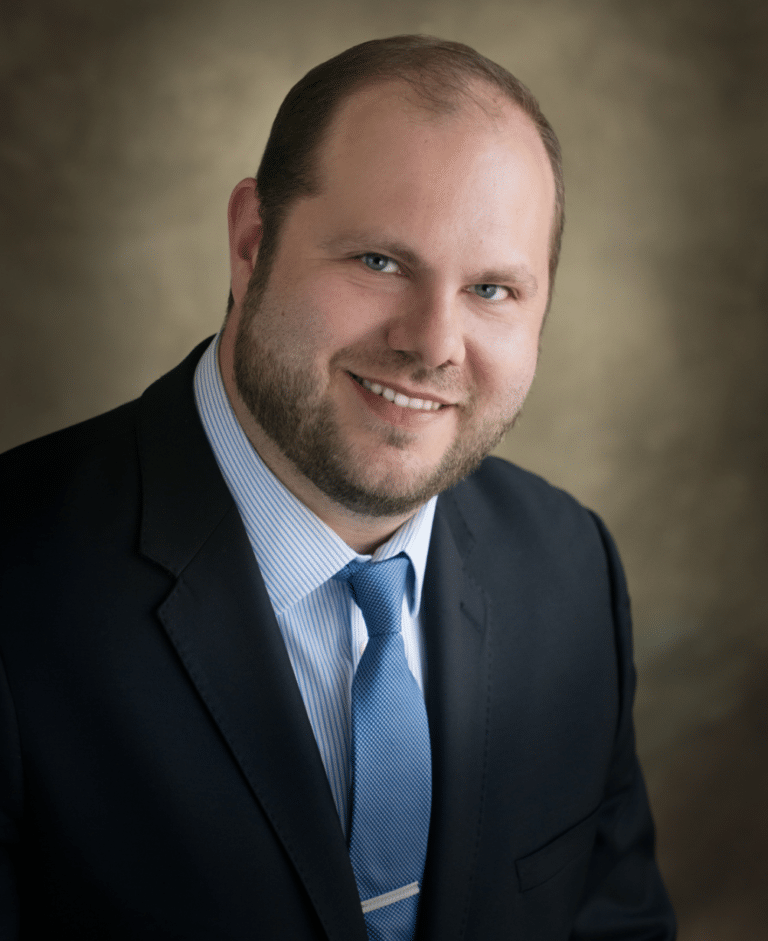As much as I and my fellow colleagues try to separate work and home life, being a female provider is unique in that we face the same challenges as other professional women when it comes to having children. We are more likely to lose time from work both during maternity leave, and when children are sick and are more likely to be the ones responsible for managing the coordination of family tasks, schedules, and chores (Gold, 2020). With three children under 4 at home, including 18-month-old twins, there are many days that I know I am pushing through my day with less sleep than my older colleagues, and looking at starting my second shift as a mom when I get through my front door after finishing in the office. Nights up with sick children, frantically working through backup plans when daycare has closed due to the pandemic or instructor illness, and planning for school projects, sports, and after-school functions for children I don’t see before leaving for the office are all part of being a working mother. Many days in the office I have to make a decision to stay late and finish up charting and making phone calls while missing dinner with my children at home versus taking my work home with me to complete among the flurry of nighttime baths, storytime, and quick pajama changes. Before the pandemic, I likely lost valuable networking opportunities with providers and representatives from various specialties who would be hosting dinner and information sessions; difficult to rub elbows when you have a daycare or babysitter that is waiting for you, and newborns to feed. Online platforms like Zoom do allow a working parent to sit in on meetings after work hours, but difficult to participate in and retain with toddlers and infants crying in the background or coming to jump up on mommy’s lap now that she is back home. The idea of being able to dedicate a day or weekend “off” to attend conferences, specialist seminars, or continuing education webinars can sometimes feel insurmountable as it means the basics necessities that keep a family running (appointments, grocery shopping, meal prepping, laundry, cleaning house) would be left unfinished.
With these unique challenges faced by female providers, it is understandable that in all age categories, they are more likely to report emotional exhaustion than their male colleagues, with the response even more significant with those providers under 40.1 At times, this balance can be isolating as you feel as if you are not only faced with more challenges than older, male colleagues but that these challenges do not even register to your fellow providers or patients. I work with an older male physician colleague who lamented the loss of the family doctor, available nearly 7 days a week at all hours to his patients. He told me “once women entered the practices, having a work-life balance became more of a priority that we had to accommodate” while wistfully recollecting on the good old days of (mostly male) physicians with their energy and time dedicated to this profession of practicing medicine. I am unsure if in his opening he recognized that he had a partner dedicating her full-time energy to caring for the family and home. Patients, both male, and female have a limited understanding of the unique challenges faced by a working female provider with young children at home. I have a patient who, when transferring care from my female physician colleague to my panel, pointed out that she had requested the change because this provider “used to be a great doctor, got back to you immediately, called you on the weekends to follow up on tests- then she had her some kids, and she completely changed. She acts like she doesn’t even care anymore”. If our patients and colleagues consider anything short of this level of energy commitment as somehow not caring or not taking pride in the profession, it’s easy to see why young female providers (and likely working mothers everywhere) feel unappreciated, burnt out, and unseen.
But being a young provider, especially during the pandemic and the sudden shift towards telemedicine, brings with it certain advantages as well. Younger providers, considered “digital natives”, have increased the ease of multitasking as we grew up in a culture with multiple distractions in the form of information that required management (ie social media and other internet sources of information).2 This has allowed us to better adapt to changes in both the electronic medical record, and pivot to the “new normal” of the ongoing pandemic including telemedicine visits, zoom meetings, and team projects done through online platforms. The management of the electronic health record (EMR) is listed as a top reason for physician burnout, with older physicians expressing more frustration with managing their desktops than younger physicians (Nakagawa & Yellowless, 2020). This is unfortunate as it comes at a time when many patients, considered by some even in this market to be “consumers”, are becoming more accustomed to products and services delivered to their homes. During a global pandemic, online shopping for clothes, home goods, and groceries became the norm, as did working from home for millions of Americans. The desire to have access to your provider as close as one click away has begun to take root in these same individuals. Telehealth appointments and communicating through secure messages with patients over the last two years have become part of my daily routine. This new format can be of great benefit in my rural state as some patients, if seen in person, would need to drive more than an hour to our clinic. The secure messaging system through our EHR helps me quickly reach out to patients to deliver test and imaging results, and cuts down on the back and forth between support staff and myself as we try to reach the patient by phone, and eliminates any miscommunication that might develop when messages are filtered through multiple staff.
While this reliance on telehealth and virtual communication with patients has these benefits, it also tends to mean more work for providers who have their attention divided between patient visits and dozens of messages for medical advice from patients that would normally have been requested to make an in-person visit. Telehealth visits have their limitations as well, as patients will at times make these visits to discuss complaints that cannot easily be addressed through video visits such as numbness in a lower extremity, unsteady gait, headache, or acute or chronic joint pain. Sifting through these messages and telehealth visit requests to properly triage what can be addressed through simple electronic messages or a telehealth visit instead of an in-office visit requires time, speed, and comfort with the EHR. For myself, I can quickly navigate my own electronic desktop and have adapted to system upgrades and telehealth visits while incorporating electronic “shortcuts” to improve my workflows such as personalized smart phrases and office note templates, in addition to having the speed to filter these messages and requests in a proper triage format. This is likely partially a benefit of my age, and coming into this profession with a certain level of technological acumen from going through life, school, and entering practice with such an overarching emphasis on digital platforms. My organization now has me working as a “superuser” for our EHR to help increase the comfort level of other providers who may struggle with the management of the desktop, and it is my experience that many of these providers I go to assist are older and less naturally adept at sifting through the immense information within the EHR.
There is a shift coming to healthcare in the United States. In 2019, 44.9% of physicians were over the age of 55, an increase from 37.6% in 2007. During this same time frame, the percentage of practicing female physicians rose from 28.3% in 2007 to 36.3% in 2019. 2019 was also the first year that more than half of medical school students were female at 50.5%.3 With an aging physician workforce, and increasing numbers of female physicians, residents, and medical students, the stage is set for meaningful change for our patients, colleagues, and ourselves. As more female providers enter the workforce to deliver care alongside their mostly male and older colleagues, their unique challenges and perspectives must be taken into account in order to retain these new providers, especially in the setting of a looming physician shortage (Boyle, 2021). This will likely entail a shift in perspective among colleagues and medical groups away from dated “one-size-fits-all” programs and adaptations aimed at addressing burnout among new medical providers. As younger female providers face unique challenges not shared by their older or male counterparts, they deserve interventions aimed at preserving their ability to deliver top-level care, and not at the expense of their own mental health or professional development. Mentorship programs that pair new female providers with more experienced female providers, actively recruit younger female providers to hospital and clinic committees, have meetings during open clinic hours, and allow for flexibility in patient scheduling to account for better sick time and childcare commitments can help show our young, female providers that their challenges are recognized and that they are legitimate. A medical system that supports providers in this manner is crucial for preventing burnout, promoting retention, and increasing the quality of care delivered. It would likely lead to a workforce made up of more diverse voices which can be of great benefit not only to patients and colleagues but to the organization itself.
Being a young female provider in modern medicine definitely has its challenges, but with more of us entering the workforce every year, I am hopeful that we will be the beginning of a change that can not only benefit us and future female providers but the practice of medicine for all of our colleagues and organizations.
References:
- https://www.jabfm.org/content/jabfp/33/3/446.full.pdf
- https://link.springer.com/article/10.1007/s11920-020-01171-2
- https://www.aamc.org/news-insights/nation-s-physician-workforce-evolves-more-women-bit-older-and-toward-different-specialties#:~:text=The%20AAMC%27s%20annual%20report%20on,workforce%20should%20rise%20even%20more.
- Eden, A.R., Jabbarpour, Y., Morgan, Z.J., et al. (2020) Gender differences in personal and organizational mechanisms to address burnout among family physicians. Journal of the American Board of Family Medicine, 33(1), 446-451
- Gold, K.J. (2020). Women’s work: Why are women physicians more burned out? Journal of the American Board of Family Medicine, 33(1), 351-354.
- Jagsi, R. Griffith, K.A., Jones, R., Perumalswami, C.R., Ubel, P., Stewart, A. (2016). Sexual harrassment and discrimination experiences of academic medical faculty. JAMA. 315(1), 2120-2021.
- Nakagawa, K. & Yellowless, P. (2020). Inter-generational effects of technology: Why millennial physicians may be at less risk for burnout than baby boomers. Current Psychiatry Reports. 22(45), 171-192.
- Tie, B., Liu, X., Yin, M., Humphris, G., Zhang, Y., Liu, H., Zhao, Y., Wang, Q. (2022). How physicians respond to negative emotions in high-risk perioperative conversations. Patient Education and Counseling, 105(3), 606-614.




